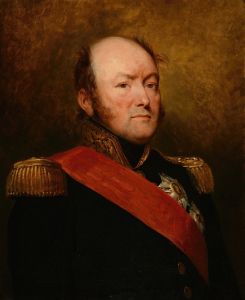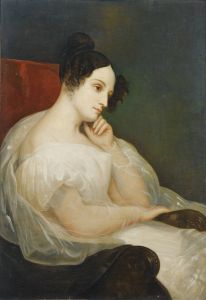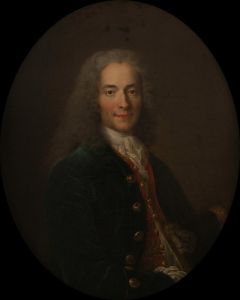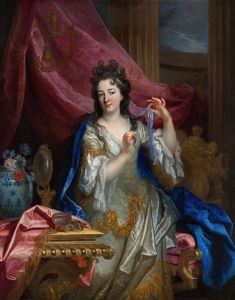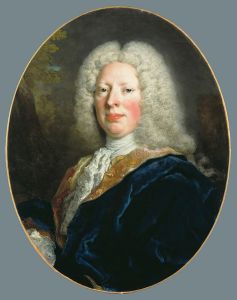
Portrait de Charles Boucher d’Orsay, prévôt des marchands de 1700 à 1708
A hand-painted replica of Nicolas de Largillière’s masterpiece Portrait de Charles Boucher d’Orsay, prévôt des marchands de 1700 à 1708, meticulously crafted by professional artists to capture the true essence of the original. Each piece is created with museum-quality canvas and rare mineral pigments, carefully painted by experienced artists with delicate brushstrokes and rich, layered colors to perfectly recreate the texture of the original artwork. Unlike machine-printed reproductions, this hand-painted version brings the painting to life, infused with the artist’s emotions and skill in every stroke. Whether for personal collection or home decoration, it instantly elevates the artistic atmosphere of any space.
"Portrait de Charles Boucher d’Orsay, prévôt des marchands de 1700 à 1708" is a notable painting by the French artist Nicolas de Largillière. This portrait depicts Charles Boucher d’Orsay, who served as the Prévôt des Marchands of Paris from 1700 to 1708. The Prévôt des Marchands was an important municipal position in Paris, akin to the role of a mayor, responsible for overseeing the city's merchants and trade.
Nicolas de Largillière (1656-1746) was a prominent French painter known for his portraits, which often captured the elegance and status of his subjects. Born in Paris, Largillière trained in Antwerp and worked in England before returning to France, where he gained significant acclaim. His style is characterized by its rich color palette, detailed textures, and the lifelike representation of his sitters.
In this portrait, Largillière masterfully captures the dignity and authority of Charles Boucher d’Orsay. The subject is depicted in formal attire, befitting his high status and role within the municipal government of Paris. The painting showcases Largillière's skill in rendering luxurious fabrics and intricate details, which was a hallmark of his work.
Charles Boucher d’Orsay's tenure as Prévôt des Marchands coincided with the reign of King Louis XIV, a period marked by significant developments in French art, culture, and politics. The role of Prévôt des Marchands was crucial during this time, as Paris was a major center of commerce and trade. Boucher d’Orsay would have been responsible for regulating the city's markets, ensuring fair trade practices, and overseeing the construction and maintenance of infrastructure related to commerce.
The portrait not only serves as a representation of Boucher d’Orsay but also reflects the broader social and political context of early 18th-century France. Largillière's work often included subtle elements that conveyed the personality and status of his subjects, and this painting is no exception. The confident pose and direct gaze of Boucher d’Orsay suggest a man of authority and competence, qualities essential for his role.
Today, "Portrait de Charles Boucher d’Orsay, prévôt des marchands de 1700 à 1708" is appreciated not only for its artistic merit but also for its historical significance. It provides a glimpse into the life of a prominent figure in Parisian society during a transformative period in French history. The painting is an excellent example of Largillière's ability to combine artistic skill with insightful character portrayal, making it a valuable piece for both art historians and those interested in the history of Paris.
The portrait is part of the collection of the Musée Carnavalet in Paris, which is dedicated to the history of the city. The museum houses a vast array of artifacts, artworks, and documents that chronicle the rich and diverse history of Paris, and Largillière's portrait of Charles Boucher d’Orsay is a significant part of this collection. Through this painting, viewers can connect with the past and gain a deeper understanding of the individuals who shaped the city's history.







